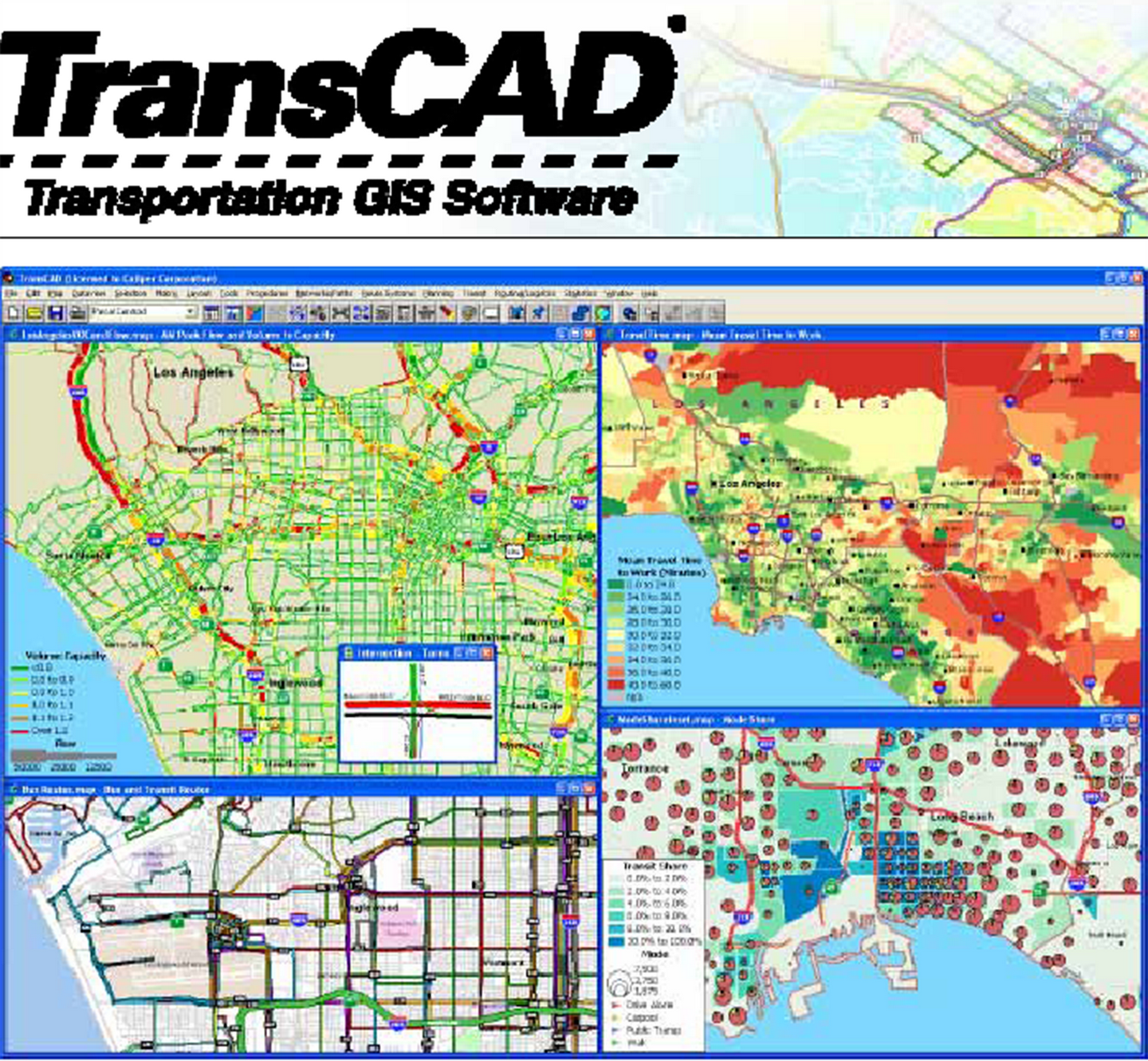
Could it be better? I guess so, but I’m not a computer scientist to be sure of that… NET integration and you can get access to its matrix dll if you contact Caliper (they used to give access to this dll to some of their clients), but its use is not that straightforward, and the syntax is the same “kinda weird” GISDK syntax. TransCAD, for example, already has a Python binding. What about using TransCad as a highly specialized library in a more complex modeling/planning/tool development effort? Or just using TransCad to generate results that will be analyzed/processed on MS Excel? On a similar problem, could it be easier to develop good user interfaces (with more resources and more user friendly) on software like TransCad or Cube?īoth cases would be a matter of using TransCad (or Cube, Emme, Visum, etc.) only for what it is great at and leaving the rest for some more appropriate tool. Situations like these are those that really test one’s particular skill with any transportation planning/GIS software: Scripting. Re-generating all map images for a certain project with a slightly different resolution for a report that has to be ready today.Analyzing (extracting results for) the impact of hundreds of toll configurations on a given little area.ĭoing either one of them manually would be just plain insane and very prone to errors.Creating individual maps for every single transit line in a city like Rio de Janeiro, Brazil, which has over 2.000 different services or.

Once you are passed learning how to use TransCad and you are in actual “professional production mode”, you realize that doing things manually is just not feasible. I told him that it was actually quite easy and could share some examples, but I also thought that it could also make a good post. Michael McNally asked me if I knew how to access TransCad through another software, say MS Excel, and how difficult it would that be.


 0 kommentar(er)
0 kommentar(er)
